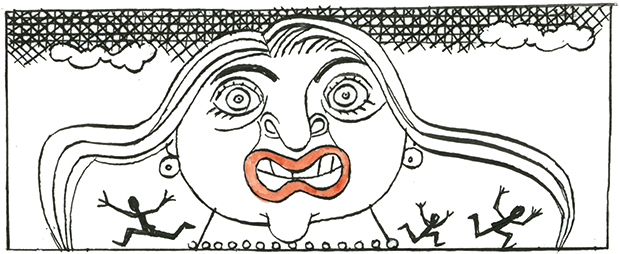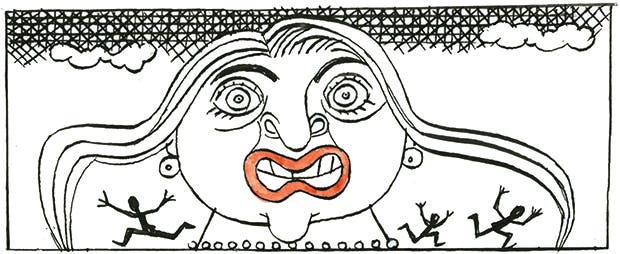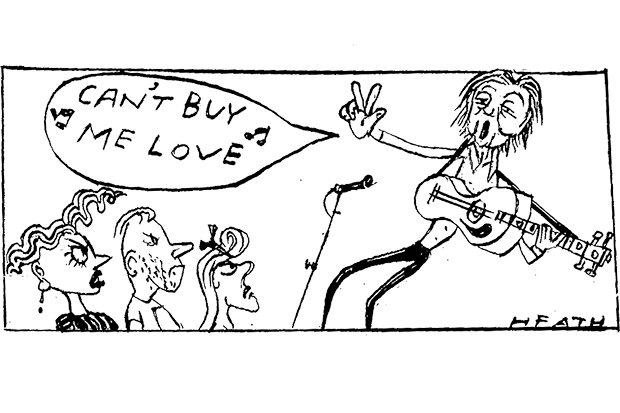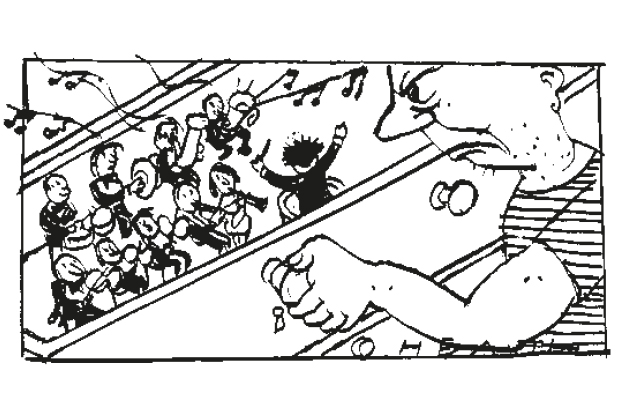Zaha Hadid is the most famous woman architect in the world. Would women or, indeed, architecture, be better off without her pushily hard-won, global celebrity?
She established her studio in London in 1980. For nearly 14 years Hadid, absurdly, became famous for not having built anything. Her reputation was boosted by a clique of fawning admirers who saw in her uncompromising angles and, later, zoomorphic blobs a fearless repudiation of stuffy tradition.
The competition entry for Cardiff Opera House was her celebrated cause. This, with genius, managed to alienate both the left and the right. The former thought it elitist, the latter outrageous. It was, after years of well-publicised struggle, abandoned in 1995. She became a martyr to taste and sexism.
Hadid’s first real building emerged in 1993. This was a tiny fire station in a Swiss-German furniture factory whose shrieking concrete angles and disruptive interiors photographed very well and were dutifully recorded in the magazines, but were not much liked by the firemen. It was decommissioned and is now an exhibition centre.
As if in revenge, Hadid began a global strut in billowing drapery by Prada or Issey Miyake. She became the champion of an architecture that was more about personal ‘vision’ than public utility. There was a science centre in Wolfsburg and a BMW factory in Leipzig. For Karl Lagerfeld she designed a pop-up exhibition for Chanel and made it look like a quilted handbag.
Critics mumbled that she had no sense of context or locality, preferring to crash land photogenic concepts whose function was not to serve her client’s needs, but to advertise herself as a ‘global architect’. Her fabulous forms were always eye-catching, but often difficult to build. And, almost always, so neglectful was she of tectonic practicalities that her buildings went deliriously over budget. The 2012 Olympics Aquatics Centre was described by an official as a ‘joke’. For the same reason of doubling cost, a fatigued PM of Japan Shinzo Abe has just canned her design for the 2020 Tokyo Olympic Stadium.
The Tokyo stadium resembled a monstrous acrylic cycling helmet. Why? Two of the grand old men of Japanese architecture, Arata Isozaki and Fumihiko Maki, damned her design as monstrous and wasteful: conceived with neither respect nor reference to its locality. That, of course, was almost certainly her intention. Global architects such as Hadid do not want to respect their client or his site, but to venerate themselves.
In any case, the locality Hadid prefers is the backyards of dictators and tyrants. Her latest buildings always win approval from supine architecture and design media, so work very well as salvation-via-design for repressive regimes. She has projects in various stages of completion or disarray in Libya, Iraq, Russia, Qatar, China and Azerbaijan.
The Qatar case, already soiled by the sordid Fifa shenanigans, is interesting. From the air, Hadid’s 2022 World Cup stadium with its almond-shaped opening and labial folds looks bogglingly like giant pudenda. Someone mentioned this and she said, if you think anything with a hole in it is a vagina, that’s your problem.
Zaha Hadid has added much to the formal language of global architecture, but not to its good sense.
Got something to add? Join the discussion and comment below.
Get 10 issues for just $10
Subscribe to The Spectator Australia today for the next 10 magazine issues, plus full online access, for just $10.













Comments
Don't miss out
Join the conversation with other Spectator Australia readers. Subscribe to leave a comment.
SUBSCRIBEAlready a subscriber? Log in